About a decade ago, I was researching my book Killer on the Road, about interstate highways and violence. I had a residency at the Center for Land Use Interpretation in Wendover, a small town on the Utah-Nevada state line. Half the town is in Nevada, half in Utah. There's a line painted down the middle. West of that line: casinos, liquor stores, adult videos. East of it: a decommissioned Air Force base, potash mines, and Mormons. A huge neon cowboy called Wendover Will beckons to highway drivers--it used to read, a la Brigham Young, "This is the place." But that must have struck someone as disrespecting Mormons, so now it says "Wendover Will Welcomes You."
The air base, once the largest military reserve in the world, is crumbling into ruins but south of Wendover there's still an active bombing range and to the north, the Bonneville Salt Flats, where every August, cars and motorcycles compete in speed trials. The Salt Flats are so huge and flat you can see the curvature of the earth there--at night, the headlights of cars coming west on I-80 slowly rise on the horizon, like tiny twin suns. The Center for Land Use Interpretation residency is the use of a house on the old air base that's made out of a shipping container. I loved it.
I'm getting to what this has to do with Eisenhower.
I loved Wendover so much, I went back the next summer. It was a good place to think about highways. Between Salt Lake City and Wendover, I-80--a.k.a. the Dwight D. Eisenhower Highway--has the longest stretch between exits in the whole interstate system. And during my first summer, there was a re-enactment of the 1919 transcontinental convoy organized by the Army to publicize the need for better roads. Traveling over 3000 miles from Washington D.C. to San Francisco, the convoy of Army vehicles took two months to cross the nation. One of its leaders was Major Dwight D. Eisenhower, who had recently been deeply disappointed when his request to be sent to the World War I front was rejected.
The re-enactors had fixed up a bunch of old Army Jeeps and were following the 1919 route on the old Lincoln Highway, part of which crosses the highly secure Dugway Proving Grounds. Dugway is a U.S. testing site for traditional, biological and chemical weapons. It has a fake Japanese village built to practice bombing runs. Also, herds of mustangs. The re-enactors had somehow wangled permission to traverse Dugway, and I wangled a press pass to visit the re-enactors. When I got to the proving ground, I showed my pass, and then once through the gate, drove my Prius as straight and fast as I could. (I had taken the Prius out on the Salt Flats and opened her up, so I knew she could hit 102.) A bunch of old jeeps flashed by on my right but I kept going, camera in hand. I had gotten onto a super-secret military base and I wanted to see as much as possible. Unfortunately, Dugway is huge. I had only spotted some indistinct small buildings in the distance before the MPs caught up with me.
The soldiers listened politely to my lies about being lost, then gave me a military escort back to the assembled Jeeps. The first re-enacter I met immediately asked me if I was saved. Others retailed for me the tale about the 1919 convoy being the seed of the interstate highways, because while leading it the young Dwight saw the janky condition of America's roads. That doesn't quite track, because if there was one thing Ike faced on that trip, it was the unreliability of automobiles: the Army Jeeps were constantly breaking down. A more logical conclusion would be, let's build better rail lines, because trains are clearly a superior way to travel.
So if the Army convoy wasn't the inspiration for what we now call the Eisenhower Interstate Highways, what was? Eisenhower spent the years between the two world wars mostly attending various colleges, honing his knowledge of military strategy. After Pearl Harbor, when he and General Marshall put together the strategic plan for war, they figured invading Western Europe was the top priority, because it had the highways and railroads required to get troops and supplies in. That casts doubt on the story that the interstates were built because General Eisenhower arrived in Germany and saw the autobahns and thought "We need those in America." German highways benefited the Allies as much as they did the Germans. Also, the autobahns were only about 10% built at that point, and badly damaged by Allied bombing.
But the most persistent myth is that the interstates were about atomic readiness in the Cold War. Unlike Truman and the striped-pants boys at State, Eisenhower believed the U.S. should form friendly relations with the Soviets, rather than plan for war against them. Taking up his role as military governor of Germany, Ike didn't know that B-29 bomber crews were already training at the Wendover Air Force Base for a super-secret mission. The hanger that housed the Enola Gay is the one part of the Wendover base designated for preservation. The plane flew from Wendover to Tinian Island. Eisenhower found out about the bomb when the world did. He later wrote that he thought it was unnecessary: Japan was going to surrender anyway, and "I hated to see our country be the first to use such a weapon."
Eisenhower was a reluctant cold warrior. Still, the claim persists that the interstates were dreamed up as a means for the nation to mobilize in a nuclear war. Like many people, I heard elaborations on this story growing up: one mile in every five must be straight so that planes can land on it. Overpasses are built high enough to make way for tanks. The Federal Highway Administration even debunks this myth on its website. But that doesn't stop AI bots like ChatGPT from perpetuating it as truth, which goes to show the limitations of large-language-model AI--but that really does have nothing to do with Eisenhower.
Anyway, I was writing about the interstates so I wanted to uncover their real purpose. I wangled a grant to visit the Eisenhower Presidential Library in Abilene, Kansas. Winds were high as I drove west from Kansas City: I saw a semi lying on its side like an exhausted horse. My shoulders ached from wrestling the steering wheel by the time I reached Abilene, the whistle-stop town where Ike grew up. A grain elevator dwarfed the presidential library, which looked great, from the midcentury architecture to the Eisenhower-era furniture inside. The archivists were kind and unusually easygoing, unconcerned about researchers slapping tissue-thin documents onto the photocopiers. To my surprise, they lent me a bike--a bike!--and it turned out to be a great way of getting around pancake-flat Abilene.
In my week there, I read scads of letters, memos, and reports documenting the planning of the Eisenhower Interstate highway system. And it was clear that the Federal Highway Act was not about Cold War readiness. The first highway bill, for the development of a "National System of Interstate Highways," failed to get Congressional approval. The second bill, for developing a "National System of Interstate and Defense Highways," was approved. As Senator Prescott Bush, father to George H.W., explained with that Bush family tendency to slyly lift the veil, "the defense angle was a very persuasive part of the argument, you see. Very persuasive."
Defense was so far from anyone's mind that four years in, when someone in the Defense Department complained that overpasses weren't being built high enough for military vehicles, nothing happened. The interstate highway program was not a defense program. It was a stimulus program. Eisenhower, true to his campaign promises, had ended the unpopular Korean War shortly after taking office, and in 1953, the economy cooled. As the first Republican president after Herbert "Do Nothing" Hoover, Ike couldn't risk a recession. So he used a big infrastructure program to prime the economy's pump.
He appointed his friend Lucius Clay, mastermind of the Berlin Airlift and now CEO of Continental Can, to be head of the program's Presidential Advisory Commission. Lucius chose four additional members: the CEOs of a huge construction equipment manufacturer, a huge construction company, and a bank, along with the president of the Teamsters Union. Like Eisenhower's Cabinet, which was once famously described as "eight millionaires and a plumber," this group stood to profit from the program they were heading. But so did the little guy--somewhat. Charts at the Eisenhower Library showed the locations of jobs generated by the program.
But the interstates' economic stimulus came not just from creating jobs. It came from boosting car sales. "The importance of the automobile to the American way of life has increased beyond measure. It is really now our basic industry," Lucius Clay declared. "Any leveling off in automobile use would certainly be disruptive to our economy." The library was full of photos of the posters and displays created to tout the program equating more cars with more prosperity.
No one anticipated the downsides: cities carved up in racially biased ways, public transportation destroyed, massive amounts of tax dollars going to maintain roads instead of paying for education or healthcare or other public works. No one worried about air pollution, skyrocketing energy consumption, the strangling of small towns and the remaking of our national landscape into hellish sprawl and exurbs breeding consumerism, selfishness, and isolation. To Eisenhower's architects of automobility, America could never have too many cars, so it could never have too many roads.
I left Abilene with my head spinning. Growing up on a farm, the expressway had been a lifeline, the fastest way to a bigger city, a better life. Now I saw it differently: as a program of corporate welfare that made the nation an uglier, meaner place. Somehow this paradox rang true to Dwight D. Eisenhower. He was the supreme commander who never saw active duty, the military genius who hated war. He was the commander-in-chief who deplored the nuclear arms race yet oversaw America's transformation into a nuclear superpower, the president whose policies led to corporate consolidation, consumer culture, and military brinksmanship, but who warned us against the "military-industrial complex." He was the Kansas farm boy who never wanted to be president, and ended up giving his name to an era.
There was a huge snowstorm the night before I left Abilene. The roads were whited out, and foolhardy midwesterner I am, I headed for Kansas City anyway. Kansas has gates on its freeway entrance ramps and since they were open, I figured the road must be passable.
Somewhere east of Topeka on I-70 I hit a patch of black ice. The car started spinning. Time slowed down, just like people say. The flat Kansas landscape circled around me. The car was still spinning when it hurtled into the median.
In rural areas, the design standards of the interstate decree a median width of 36 feet. It's given a shallow U shape. The gentle grade slowed my car, keeping it from crossing into the oncoming lanes. A wet wake shelled the car with muddy snow as the median dragged it to a halt. I hadn't even spilled my coffee. Hands shaking, I gunned the engine and surprisingly, the car climbed back onto the road. Perfect, I thought. The Eisenhower Interstate Highway is evil. And it probably saved my life.
*All photographs by me, except the one of me, which is by Miranda Strand


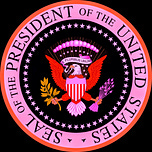

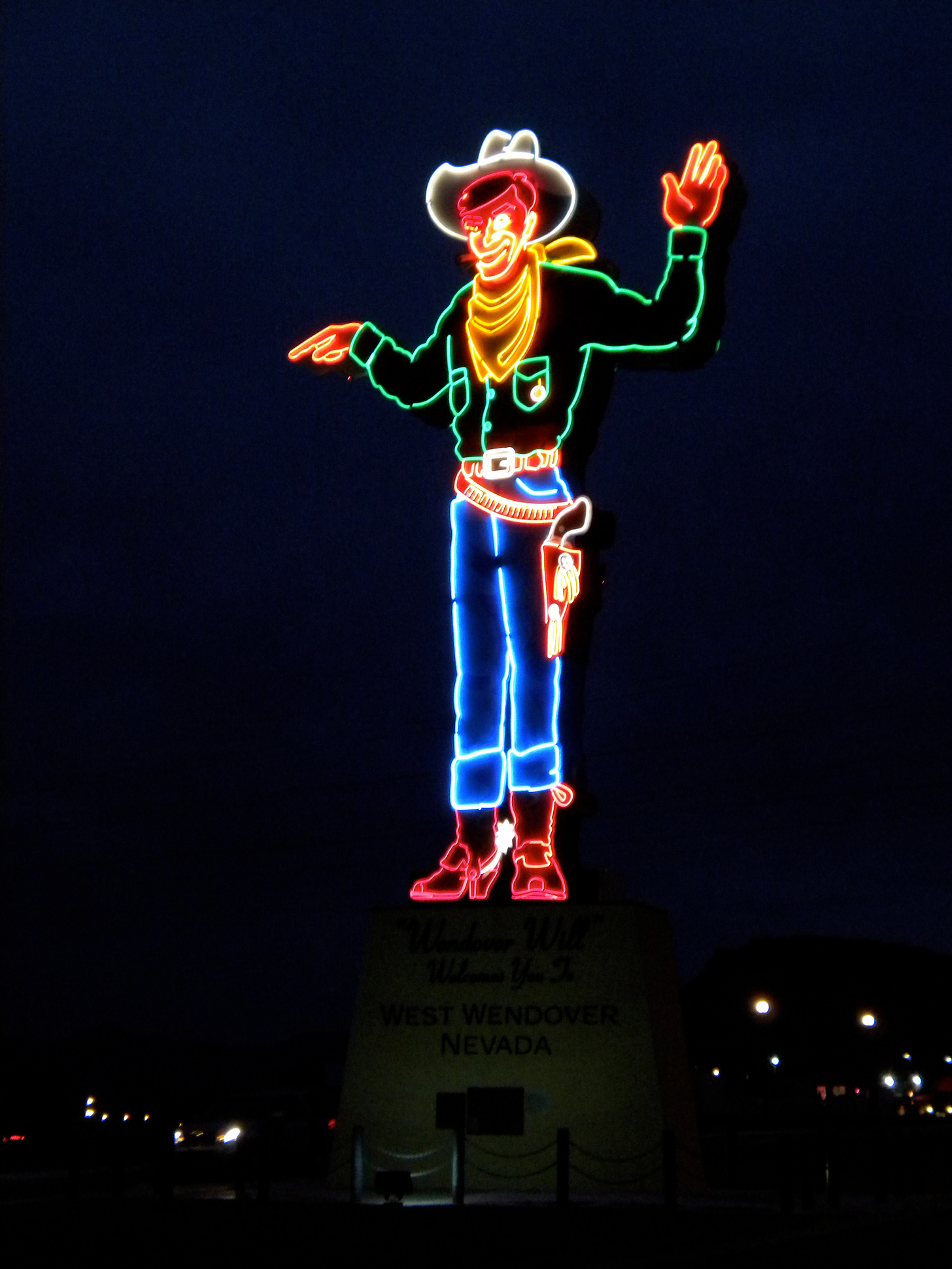
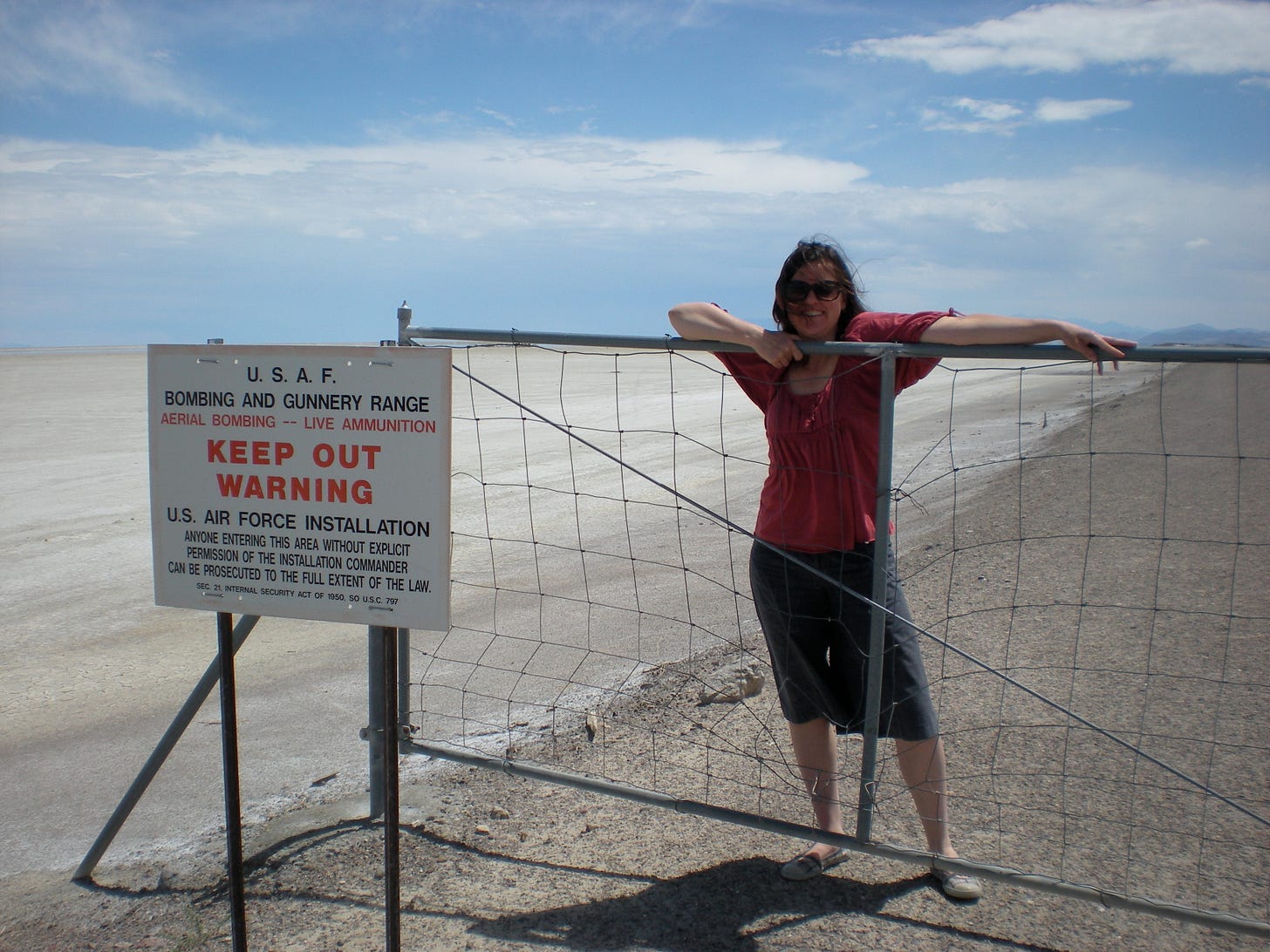
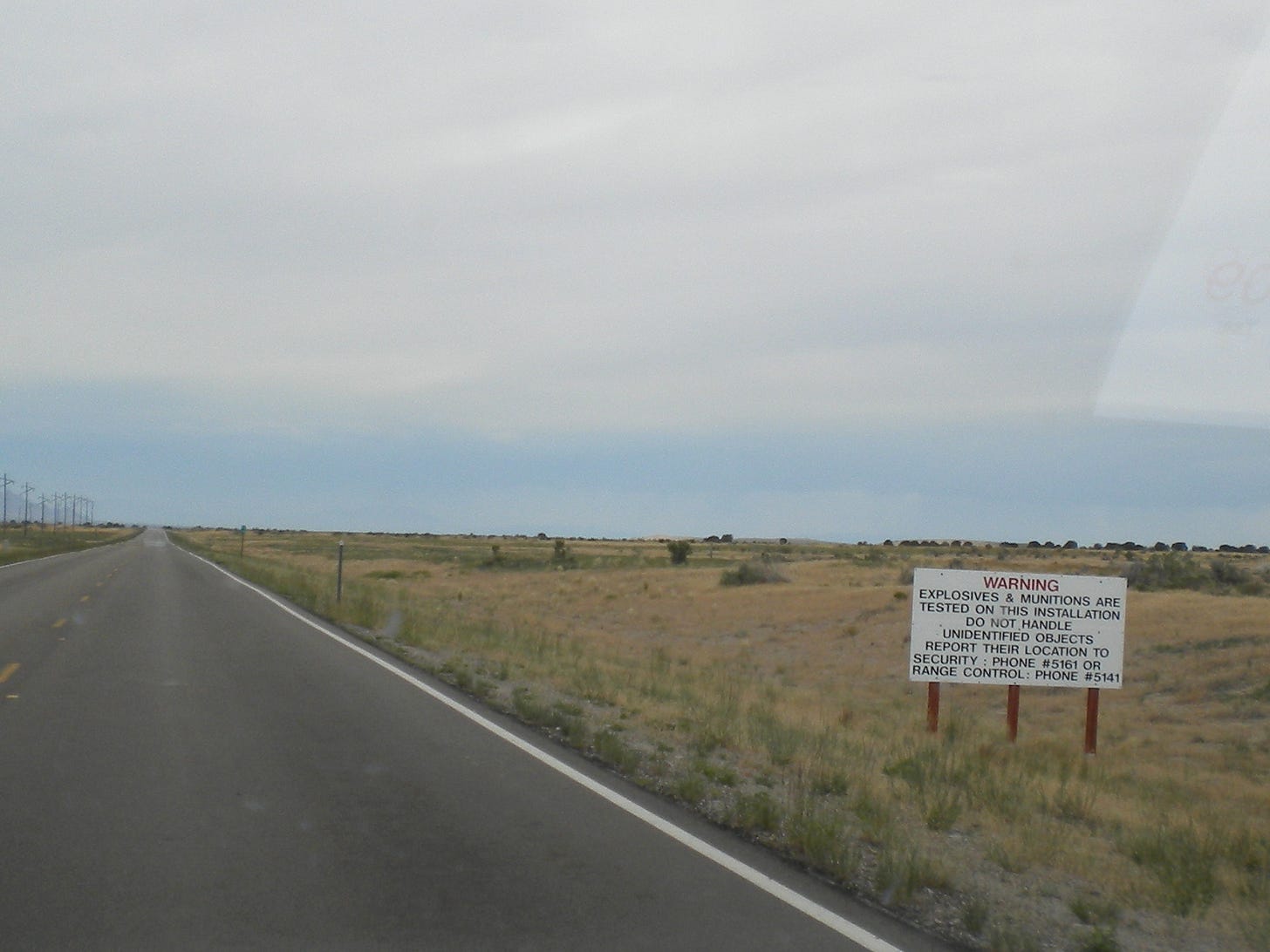

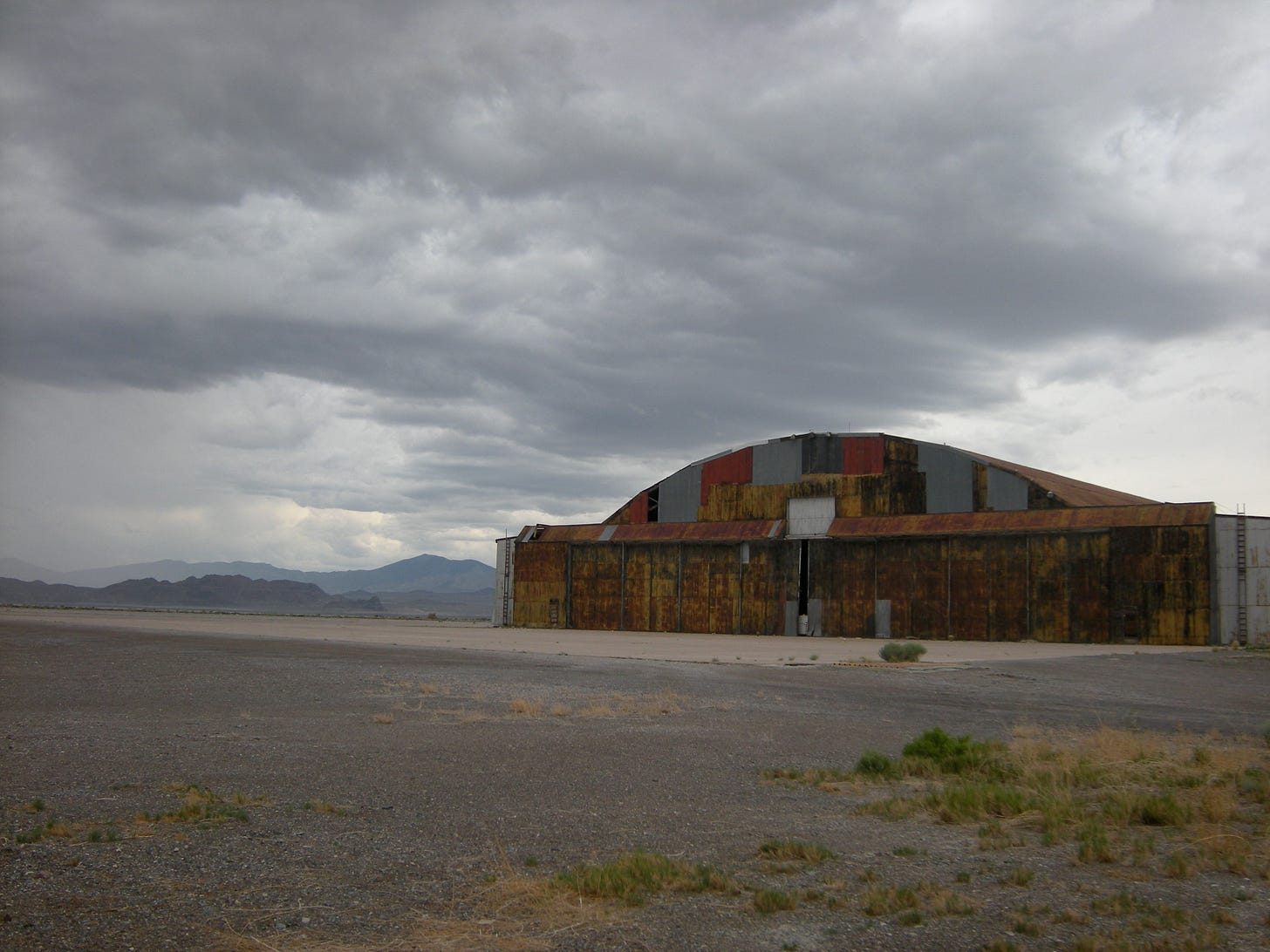









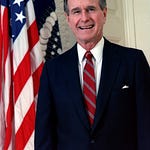


Share this post